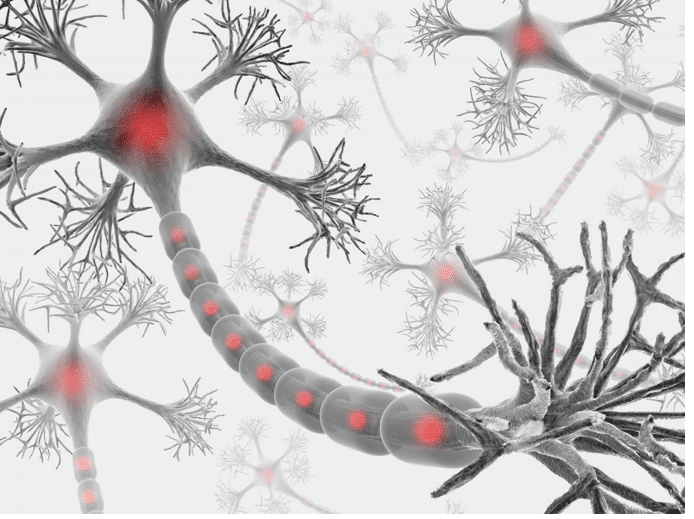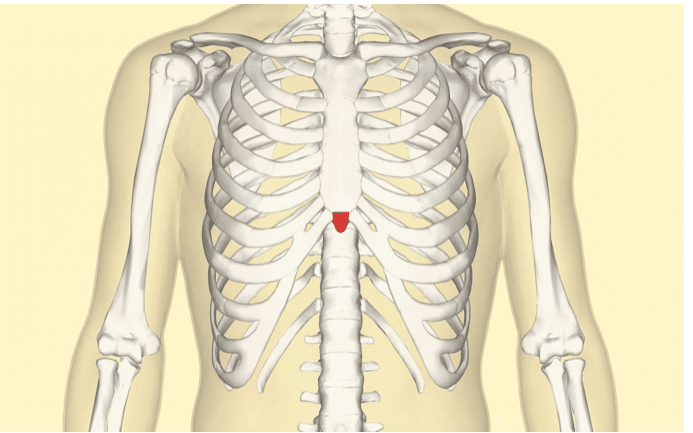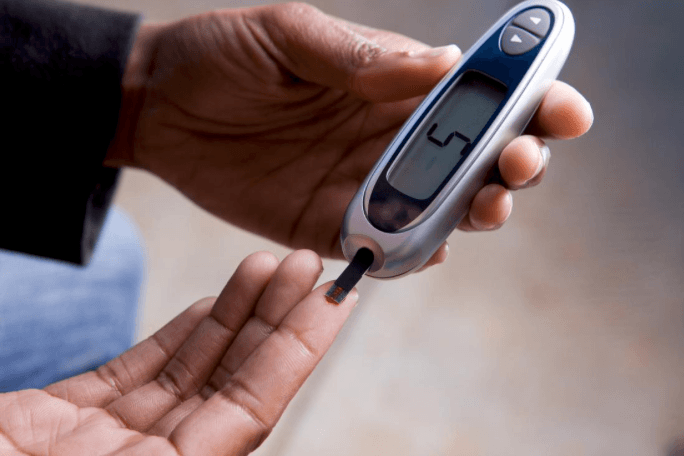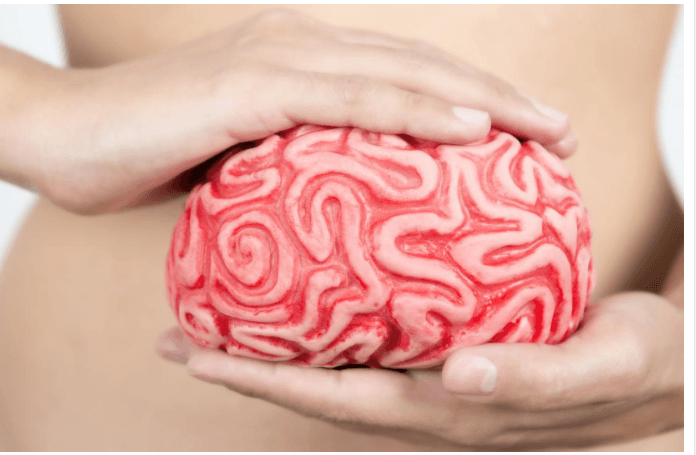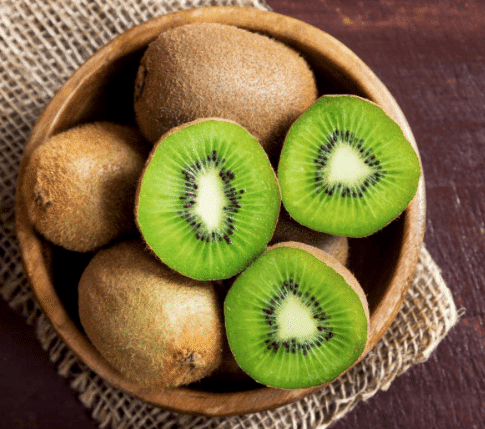Myositis ossificans is a condition where bone tissue forms inside muscle or other soft tissue after an injury. It tends to develop in young adults and athletes who are more likely to experience traumatic injuries. Most of the time, myositis ossificans occurs in the large muscles of the arms or the legs. Causes Myositis ossificans […]
Researchers from the Queen Mary University of London in the United Kingdom have modified a flu virus and used it to successfully target pancreatic cancer cells. Cancer of the pancreas — shown here — may soon be easier to treat due to recent findings. Pancreatic cancer is the third leading cause of cancer-related mortality in […]
Chronic inflammatory demyelinating polyneuropathy is a neurological disease that causes damage and destruction to the body’s nerves. Chronic inflammatory demyelinating polyneuropathy (CIDP) affects a person’s ability to move, especially their arms and legs, as well as their sensory functions, which can lead to tingling and numbness. The disorder is rare, occurring in around 5 to […]
The xiphoid process is a small extension of bone just below the sternum. Discomfort in the xiphoid process can be painful as it can affect the lower ribcage, breastbone, and several major muscles located around the abdomen and diaphragm. The name xiphoid derives from the Greek word for “straight sword” as the structure has a […]
Type 1 vs. type 2 diabetes Though people with diabetes all have blood sugar issues, type 1 and 2 are quite different disorders. Although they cause similar symptoms, type 1 and type 2 diabetes are different disorders. Type 1 diabetes, sometimes called juvenile diabetes, is typically diagnosed in childhood or early adulthood. Type 1 diabetes […]
We’ve all been hungry — or even “hangry” — at one point in our lives, but is there a scientific explanation for this phenomenon? And might there be some hidden value to this otherwise irritating feeling? A new study explores, suggesting that our gut helps us make good decisions and come across as smarter than […]
Tarsal tunnel syndrome occurs when the posterior tibial nerve, which runs along the inside of the ankle and foot, becomes compressed and damaged, causing inflammation. The condition, also known as TTS, is usually caused by continual overuse of the foot and ankle, such as occurs with strenuous or prolonged walking, running, standing, or exercising. But […]
There is increasing evidence that we are what our mothers ate during pregnancy; if they consumed a high-fat diet, then we might suffer the consequences, be it obesity or non-alcoholic fatty liver disease. A new study, however, may have uncovered a way to prevent the latter. Researchers say PQQ — found in kiwi fruit — […]
The National Academies of Sciences, Engineering, and Medicine have published one of the largest reports to have ever investigated the effects of electronic cigarettes. We summarize its findings below. A comprehensive new report reviews the health risks of electronic cigarettes. The report — which can be accessed in full here— reviews over 800 scientific studies […]
A new study has made a surprising finding: even women within a normal weight range may have an increased risk of invasive breast cancer if they have high body fat levels. Excess weight in later life is a known risk factor for breast cancer, but what about body fat on its own? According to the […]



